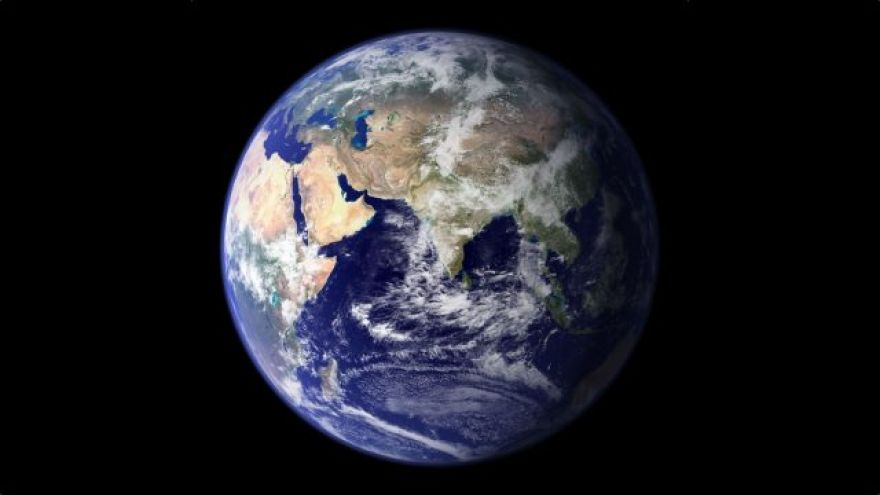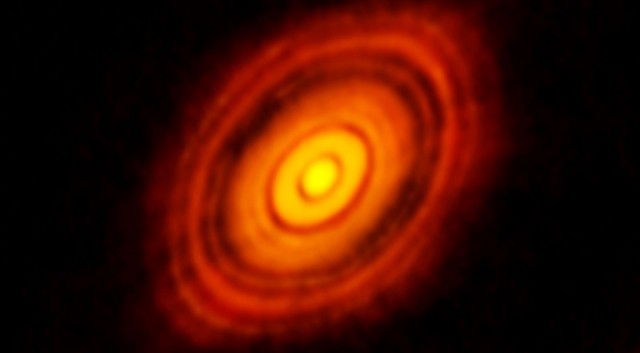
Earth Isn’t ‘Super’ Because the Sun Had Rings
As we explore the cosmos, astronomers have spotted a lot of so-called “super-Earths.” These rocky planets may be several times as massive as Earth, and there’s no analog in our solar system. But why is that? Scientists from Rice University might have a handle on it. By modeling our solar system with a supercomputer, astrophysicist André Izidoro and his colleagues have shown that .
The rings in question are a feature of protoplanetary disks. When a new star forms, its gravity begins affecting the nearby clouds of dust and gas. Over time, particles clump together, and their gravity takes over to create asteroids, comets, and planets.
To find out what makes us different, the team devised a model of the solar system drawing on the latest astronomical research. They ran the simulation hundreds of times, resulting in a solar system very much like ours, including the asteroid belt between Mars and Jupiter, stable orbits for the inner planets, accurate mass for Mars (which is often overestimated in other models), and Kuiper belt objects out past Neptune.
The key to this accurate simulation was a focus on “pressure bumps.” When a star is born, its gravity acts on the protoplanetary disk, drawing material inward. The changes to these particles produce pressure bumps in regions where they release large volumes of vaporized gas. This may be what broke our disk of dust and gas into distinct rings. We’ve seen similar structures in younger stars many light years away (like the star HL Tau below), so this is possibly a common occurrence in solar system formation.

The young solar system HL Tau as seen by the ALMA radio telescope array.
The team hypothesized that the makeup of our little corner of the cosmos is thanks to three pressure bumps. These bumps would have occurred at the sublimation lines for silicate, water, and carbon monoxide — on one side of the line, they’re solid, and on the other side gas. For example, the sun’s nearest ring in the simulation is where silicon dioxide becomes vapor. This fed material to the inner planets like Earth, but timing is also an important aspect. In some simulations, a later appearance of the middle water sublimation line (also called the snow line) resulted in the appearance of a super-Earth. Perhaps that’s what happens in all those other solar systems that do have enormous rocky planets.
This all happened so long ago it may be impossible to find all the answers in our own backyard. To better understand the history of our solar system, it will be necessary to observe as many others as possible. Currently, most young stars are enshrouded by clouds of gas that block instruments like Hubble. However, the operates in the mid-infrared so it can peer through such barriers. The telescope should be ready to go to work later this year.
Now Read: